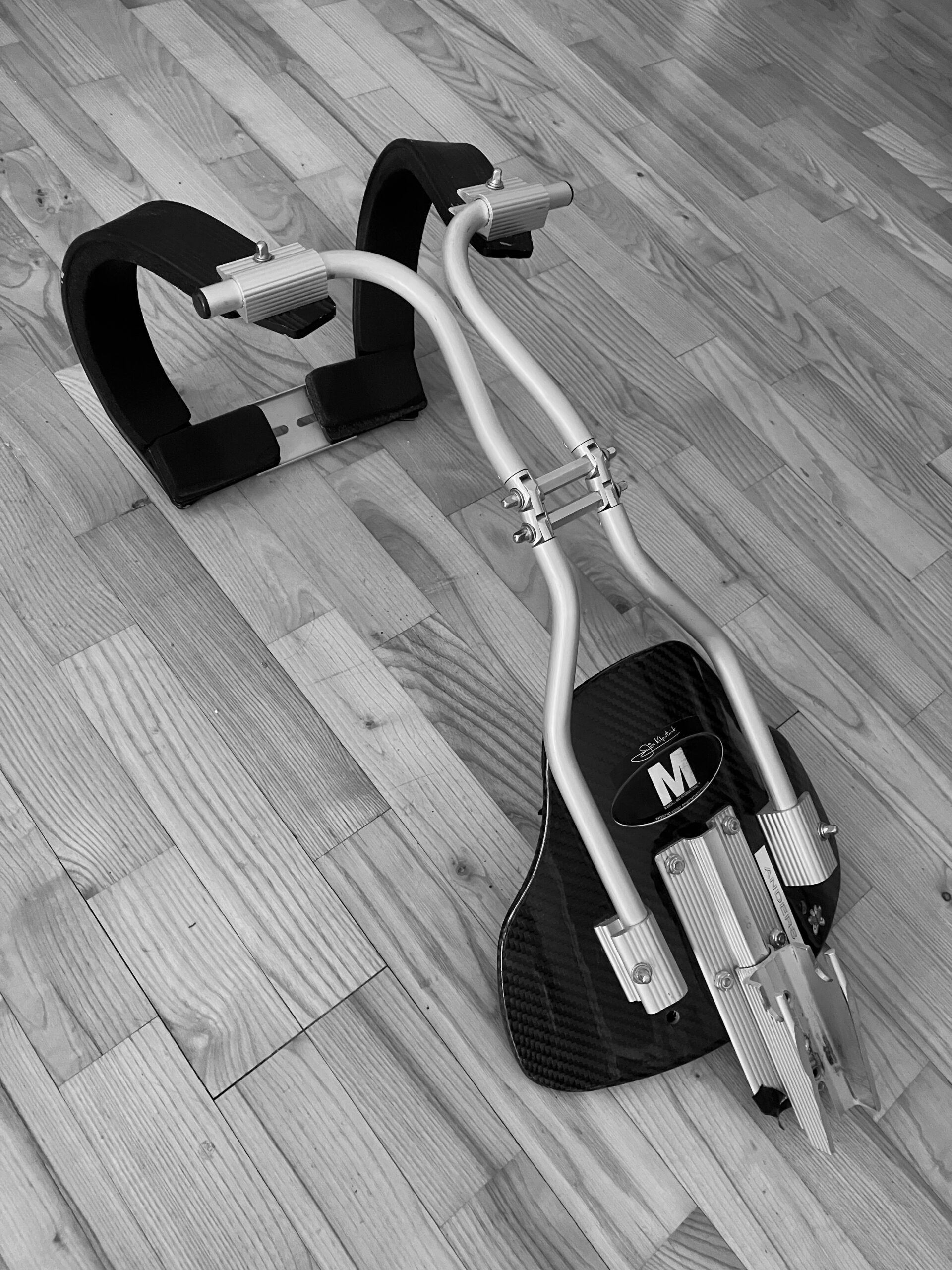Why is this so important? Can’t you just put on your carrier and drum?
Well, no. The reason that a proper adjustment of the carrier is so important, is because you don’t want to hurt yourself over both short and long term, and it’ll affect your ability to play well for longer. If you have a proper set carrier, you’ll be able to enjoy standing with your drum for hour long sessions.
My experience, from teaching individuals and bands, is that more than half don’t really pay attention to how they set up their drum carrier. Therefore I thought I will share some of the things I’ve done and learned through my drumming journey.
Note that, I’m not a doctor or physio therapist, so this is not really any scientific recommendation or anything like that. So please, if necessary, do your own research and consulting before adjusting your carrier. My tips below are based on my experiences with the JK Standard Snare Drum Carrier (the traditional without the ABS).

Here we go – from the top & down
The upper part is probably the most important part of this drum carrier.
Make sure that the shoulder rests/hooks are not too wide apart nor so narrow that you can’t stick you head down between them. Find your sweet spot for the width, where it feels good (which is generally what this article is all about). This is done by playing around with the tuning bolts on the front and the screws on the back.
And now the defining and most important part: I really like to take the back support far back. This will remove much of the forward pull from the drum and bring that weight further up and back, and will also prevent the metal on the front poking into your chest. From my experience, I like to take it further back than most people.
Now, this trick really works well, if you keep the middle part tight, straight or in a slight outward curve. A proper adjustment here, is really the key if you want to be able to play painless for hours (in my experience).
Middle joint between the parts. Being a drummer of normal posture and BMI, I like to keep this part straight (or actually slightly curved) and tight. I’ve not really recommended anything else for anybody, so I can’t really say too much about other ways of adjusting this part. One thing I will point out though is that it might be a good idea to lube the small screws and holes that connects the tubes to the connector. I’ve often experienced them making noises when walking with the carrier.
Main resting/support piece and bottom slide. Generally I like this piece to sit as low as possible without it making it hard for me to move my legs. I find that it’s easier to play well, if the drum is not sitting too high. A drummer friend of mine, found that this piece was always bugging her because of the way it sat on her hips, so she succesfully turned this piece around, a 180 degrees, to much relief and it totally transformed her ability to drum with pleasure for longer.
At the very bottom there’s the bit that holds the drum. I usually have this quite far down as well (being a tall guy), and sometimes I’ve actually had to wear some tape or a rubber patch on the back of this piece to prevent it from damaging my kilt.
The attachment clip on the drum. This is where you can work with the forward/backward tilt (by adjusting the screw in the middle) and then adjusting the sideways tilt by where you attach the clip to the vertical tubes of the drum.
I really like quite a lot of sideways tilt – for more comfortable left hand drumming (with a traditional grip) and for better projection out to the back. With a drum corp I was with, we did the experiment of having tilted drums versus zero tilt at all, and found that there’s actually quite a difference in projection, which makes totally sense to me. This might not be super relevant for all drummers and pipe bands at all levels, but I do think that it’s something to take into consideration.
Bear in mind that if you’re playing in a drum corp, it’s beneficial if all drummers have the drum at sort of the same height. So, don’t have the very tallest drummer stand next to the very shortest.
Summary
As with the tuning of the snare drum, there’s a lot to gain by spending dedicated time playing around with adjusting your harness properly. It’s a good time spent in order to get more enjoyable and painless hours of drumming. The main point, I hope to pass on with this writing, is that you’ll experiment more with the adjustment and also discover that a proper setting of the back support can mean the world.
Enjoy playing around with adjusting your personal drum carrier and setting it up just the way YOU want it.
